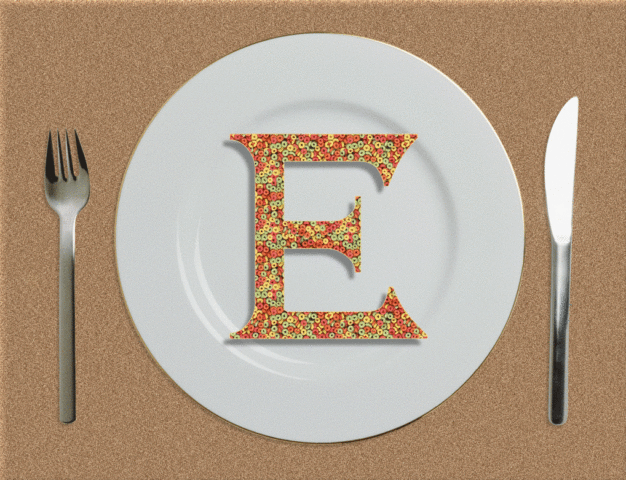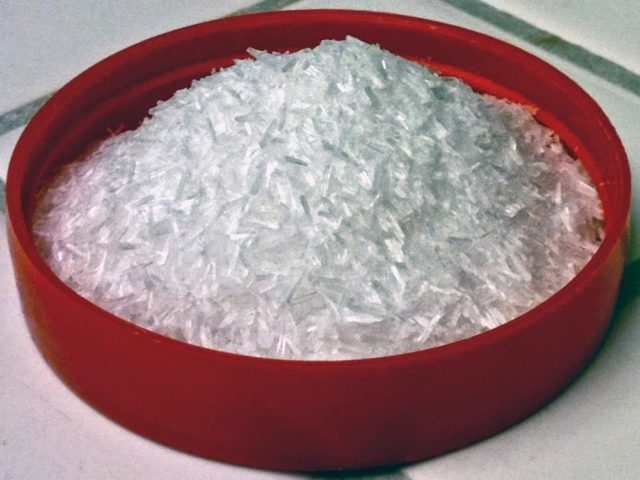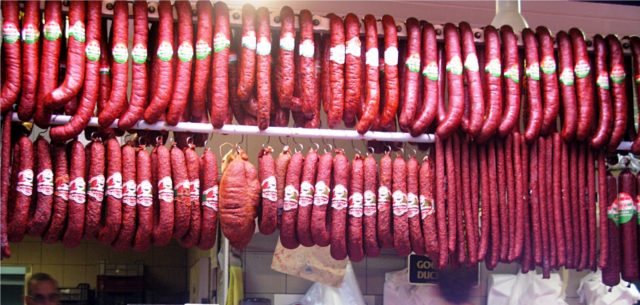Content
Food additive E339, according to all norms and international standards, refers to substances with a low degree of hazard. The E339 code designates an additive that is an emulsifier preservative. It is a white granular powder that is very resistant to high temperatures and dissolves well in water.
What is the additive E339

All salts that are isolated from sodium hydroxide, orthophosphoric acid, are called sodium phosphates. This additive is completely synthetic and does not occur in the natural environment. Sodium phosphates (E339) are used as emulsifiers, stabilizers, acidity regulators. In addition, they can be used as additives that fix the color of the product, enhance the antioxidant properties of other substances, and retain moisture.
Three types of sodium phosphates are used in food production:
- E339 (i) - monosodium phosphate;
- E339 (ii) - disodium phosphate;
- E339 (iii) - trisodium phosphate.
Although the chemical formulas of these substances differ, they have the same effect.
Products that use this food additive:
- E339 is present as a stabilizer in milk and other dairy products;
- some types of ice cream;
- bakery products;
- potatoes;
- pasta;
- glazed fruits;
- candy;
- fish products;
- carbonated drinks;
- some types of alcoholic beverages;
- salt;
- fast food products.
The food additive is used in many food products as a thickener, since the substance has the property of increasing the viscosity of the product, improving its structure. Using E339 as a stabilizer, you can achieve the desired consistency of the product, protect it from burning during cooking. In addition, the food additive is a good emulsifier that allows you to make homogeneous mixtures of immiscible products.
What is the stabilizer E339 made of?

Several methods are known today for preparing a food supplement. The first method is to carry out the reaction of neutralization of phosphoric acid with a solution of soda ash. The resulting mixture is passed through a filter and then evaporated to the desired density. Further, a crystalline substance is obtained from it.
Superphosphates are treated with sodium sulfate solution. The resulting material is filtered to remove the insoluble residue and the sodium sulfate released as a result of the reaction. Then the substance is evaporated and dried in a special section.
The benefits and harms of the E339 emulsifier
Disputes about the effects of the E339 additive have been going on for a long time. Until now, no one has come to a consensus. The possible harmful effects of the E339 emulsifier on the body include:
- allergic reactions from the skin - rashes, itching;
- an upset bowel movement (diarrhea);
- disturbances in the work of the stomach, inflammatory conditions of the mucous membrane (gastritis, ulcer);
- disorders of the nervous system (anxiety, insomnia).
Recent studies have shown that excessive concentration of phosphate in the blood can lead to heart attacks, strokes and other pathologies of the cardiovascular system. Calcification develops from excess phosphorus - the deposition of plaques on the walls of blood vessels. However, no official data on such violations in the body have been recorded. It is worth noting that such pathologies can occur with an excess of food additives in the human body.
With regard to the beneficial qualities of the food additive E339 from the point of view of medicine, a pronounced laxative effect on the gastrointestinal tract was noted.
Dangerous or not E339 food additive
The food additive is approved for use in many countries, including Russia. It belongs to the class of substances of little hazard. The permissible intake of the daily dose has not been recorded. Some sources claim that the use of the emulsifying salt of E339 leads to the development of cancer cells, but so far no one has officially confirmed these data.

It is known that scientists in many countries have long been demanding to ban the use of phosphoric acids in detergents (washing powders). Experts believe that they seriously affect the structure of cells and provoke severe irreversible processes. Until the 60s of the last century, sodium phosphates were actively used for the manufacture of various detergents. Due to the large amount of these substances in reservoirs, water supply systems, the quality of water has significantly deteriorated. This was damaging the ecosystem. Therefore, a number of prohibitions and some restrictions appeared for the use of additives in washing powders. At the same time, the question of the use of the supplement in food was never raised. Perhaps this is due to the fact that, as a food additive, the substance is used in small doses.
Where and why is the food additive E339 added?
In addition to the food industry, the additive is used in the following areas:
- fertilizer production;
- metal fabrication;
- water softeners;
- is a part of dietary supplements, sports nutrition.
In medicine, phosphates are used for the manufacture of laxatives, in preparations for cleaning the intestines before diagnostic tests.
Conclusion
Food supplement E339 includes sodium phosphates. It has a fairly wide range of applications, but it is most often used in the food industry as an emulsifier, stabilizer and thickener for products.

